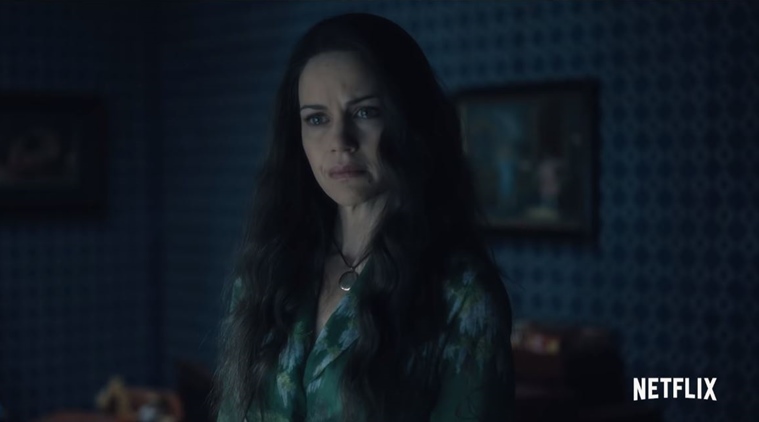
In Morris Dickstein’s essay” The Aesthetics of Fright,” he talks about how fear and desire are our most primitive impulses, “both ridiculously easy to arouse” (Dickstein). Much like our protagonist Eleanor Vance, the house is a complicated and distinctive figure in the novel, and it toys with our fears and anxieties over death, loneliness, and sex the further we delve into the story.

The book also conjures up disturbing images of incest, and nonchalant references and signals of homosexual behavior. The book resonates with the reader because of the tension it creates by playing with the notion of death and the idea of dying alone. Shirley Jackson’s biographical influence is written on the walls of Hill House, and because of these disturbances in her personal life, she creates a house that becomes an entity all its own. Shirley Jackson captures our most primitive impulses, which are fear and desire, and releases them onto the house.

The sexual undertones of the story and how it addresses sexuality and death are evident if one looks closely at the meanings behind the simple, yet complex text.

The “ Haunting of Hill House” by Shirley Jackson, is a creepy psychological ghost story that goes deeper than the title or the text would have you first believe.


 0 kommentar(er)
0 kommentar(er)
